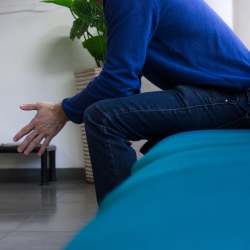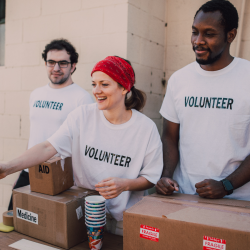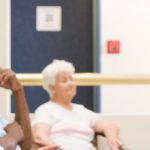There is a place where back-to-school is working
There are far too few parents who think the opening of school has been handled safely, smoothly and effectively for their kids.
But, rather than falling all over each other, why don’t we learn how to open schools properly from the people who are months ahead of us in their COVID experience, and who’ve found a way to keep numbers low and schools open?
In the past couple of weeks, BC has never experienced numbers this high before. Alberta and Saskatchewan haven’t had numbers like this since April. Manitoba was holding it together until mid-August, then…..Ontario hasn’t had this many people infected since mid-May, and the same with Quebec. Their numbers are mirrored in their schools.
Many critics ask the Premiers: “What were you thinking?!”
More likely, the Premiers were seduced by three other sets of numbers:
- They saw that the ratio of positive cases to testing volumes is lower than in the spring. Canada is testing 65,000 people per day this week with a positive rate of 1.5% compared to 30,000 people per day in May with a positivity rate of 2.15%.
- They saw that the death rates are falling over time. Death rates in the past month are 22% less than the single day average of 135 deaths between the end of April and the end of May.
- Hospitalization and ICU admission rates are rising more slowly than the rising positive numbers. This month, fewer than 300 people have been hospitalized across the country.
Clearly, while these numbers are encouraging, they hide the one number that really counts: the daily number of new cases.
So who does have the answer to the school mess and the rising infection rate?
It could be Japan.
Their population of 126 million people is seeing fewer than 500 new cases a day. Yet their kids have been back in school since June.
What are they doing right that we aren’t?
- They kept their schools open even in early August when they had 1,600 cases per day. That positive rate per capita in August was about where we are now in Canada.
- Students attend class in person on alternating days, so that classrooms are only half full.
- Lunches are silent and socially-distanced.
- All students undergo daily temperature checks.
- Clear partitions are placed at each desk.
- Tracing and tracking are also mandatory each morning before students arrive at school.
True, Japan is a more cohesive and ‘obedient’ society than Canada is, and much more than the United States. That said, if the provinces can mandate measures close to what’s working in Japan, we can get our kids back to school safely and get them learning again.







